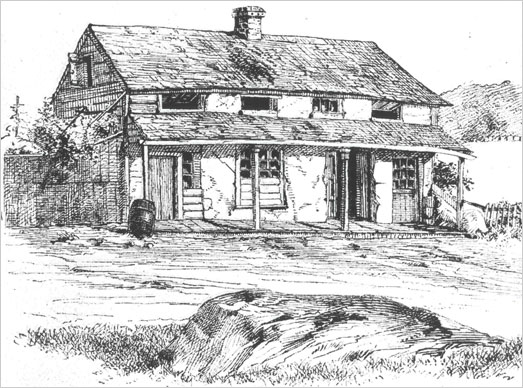Starting the System
Key Objects
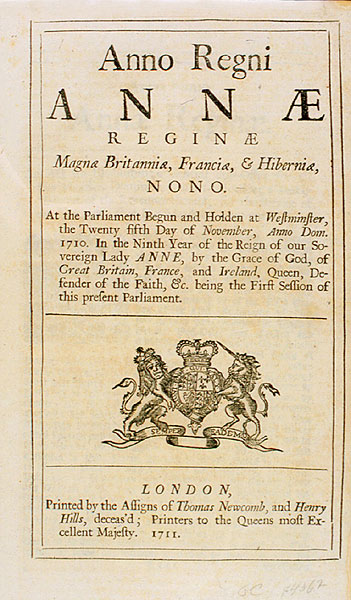
This document, known as The British Post Office Act of 1710, took effect in North America on June 1, 1711. The postal laws set out in this document remained in effect in North America until 1789. Colonists came to view the postal rates set forth in the act as an excessive and unwelcome form of taxation. The rates were revised by a later act, which took effect on October 10, 1765.
The act, also known as the Queen Anne Act, created a formula that was used to improve the colonial postal system. It created a deputy postmaster general for the colonies and established uniform rates for carrying letters.
Lone postal riders carried mail along such desolate roads between Boston and New York beginning in 1673. The riders used an axe to make a slash on trees along the trail, marking the way for those who would follow them.
The American colonies began as lonely coastal settlements, separated by dense forests. Settlers were more eager for news of their families and homelands overseas than for news from other colonies. The British government, however, needed reliable mail service throughout the American colonies for official communications with colonial governors.
The British North American Postal System
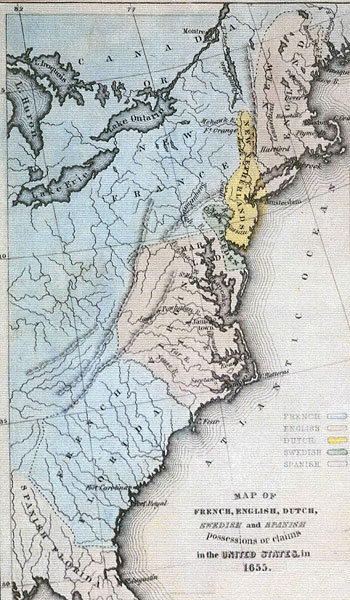
In 1692 the English sovereigns William and Mary granted a royal patent to Thomas Neale to operate a colonial postal system. Neale, who never set foot on the North American continent, appointed New Jersey governor Andrew Hamilton as his deputy. Hamilton then appointed postmasters in every British colony.
On May 1, 1693, the Internal Colonial Postal Union began weekly service between Portsmouth, New Hampshire, and Williamsburg, Virginia. It established post offices, consulted with colonial assemblies about postal rates, and made the mail a service Americans came to expect. It did not, however, make money.
The colonial population was spread too thinly along 500 miles of coastline to support a long-distance post. The new British post lost money whenever ship captains and even some post riders carried letters for personal profit.
Well into the 18th century, mail to the North American colonies was left at public gathering spots such as taverns and inns, as there were no post office buildings to receive the correspondence.
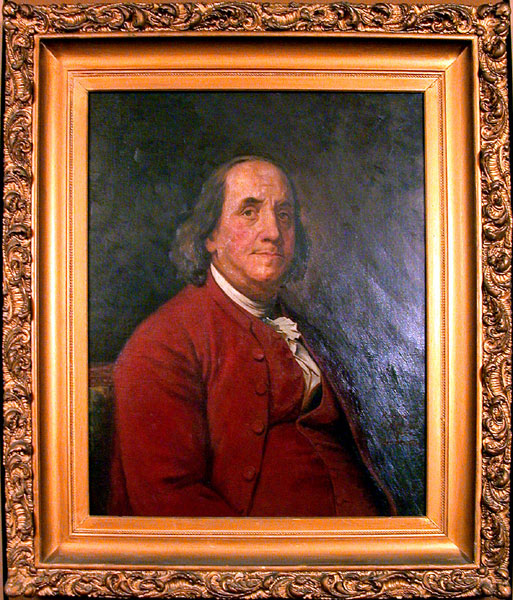
Benjamin Franklin was named postmaster of Philadelphia by the British Crown in 1737. The colonial post still carried mostly official and commercial correspondence, and most communications were transatlantic. Few residents of one colony needed to contact residents of another. But over the next three decades, a sense of common destiny began to unite the colonies in opposition to British rule.
Benjamin Franklin brought form to the disorganized British colonial post. In 1753 Franklin became the Crown's joint postmaster general for the American colonies. He moved quickly to improve the fledgling service. After a 1,600-mile inspection of post offices, he organized a weekly mail wagon between Philadelphia and Boston. Franklin's postal riders traveled day and night by horseback in relays, using lanterns to light their way. The service cut mail delivery time between the cities in half, making the colonial post both efficient for colonists and profitable for the Crown.
In 1774, the Crown dismissed Franklin from his position as joint Postmaster General because of his revolutionary activities. The next year, the Continental Congress appointed Benjamin Franklin postmaster general of the United Colonies.
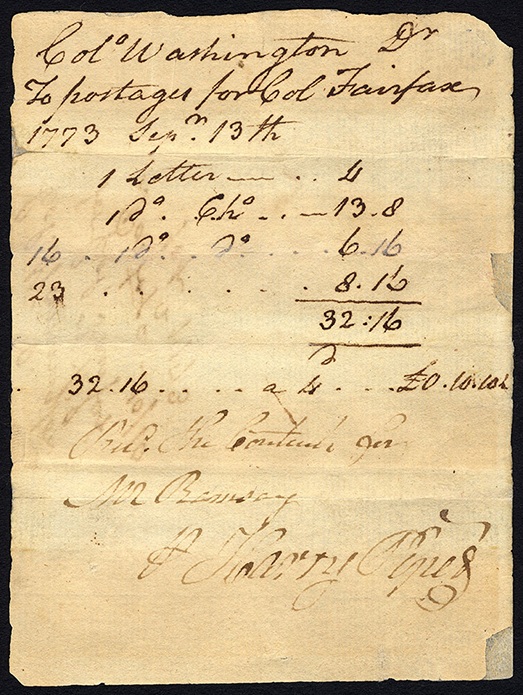
Through the 19th century, those who received letters could be charged the cost of postage. This 1773 record shows that George Washington, then a member of the Virginia House of Burgesses, owed 32 pennyweights and 16 grains of silver for letters sent him by a friend and neighbor, Colonel Fairfax.
Other Objects
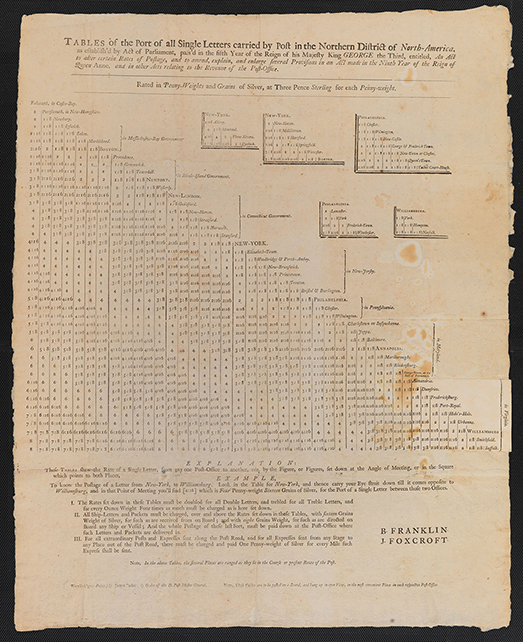
The rates on this postal rate chart, which became effective October 10, 1765, remained unchanged until the American Revolution. The original rates, expressed in British currency, were converted by America's Deputy Postmasters General, Benjamin Franklin and John Foxcroft, to pennyweights and grains of silver so that postage could be computed in colonial currency. Charts such as this were displayed in local post offices.

William Goddard (1740-1817) was one of several publishers who used private carriers to get their news past the prying eyes of the Crown post. Goddard experienced the abuse of authority by British firsthand in Philadelphia after forming a partnership with Benjamin Franklin to publish the Pennsylvania Chronicle—a paper sympathetic to the revolutionary cause. The local Crown postmaster failed to deliver out-of-town newspapers to him, depriving Goddard of a critical source of information. The Chronicle was subsequently driven out of business when the Crown post refused to accept it in the mails. Goddard retaliated by designing a distinctly American postal system to challenge the Crown post founded upon the constitutional principles of open communication, freedom from governmental interference, and the guaranteed free exchange of ideas.
Constitutional Post
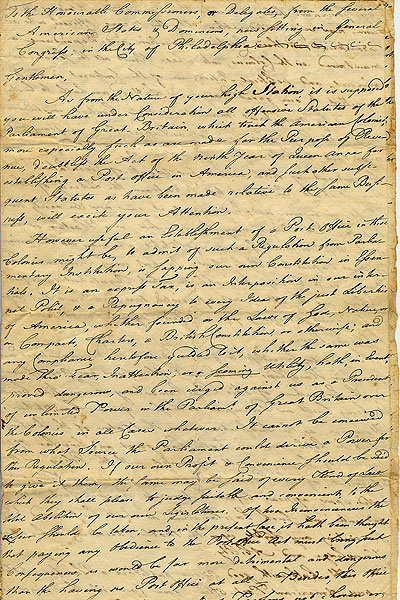
Goddard presented his plan to Congress on October 5, 1774—nearly two years before the formal declaration of independence from England. Congress tabled Goddard's plan until after the battles of Lexington and Concord in the Spring of 1775. On July 26, 1775 the plan, now known as the "Constitutional Post" was adopted and implemented, ensuring communication between patriots and keeping the general populace informed of events during the American Revolution. Goddard also achieved a measure of personal revenge as the revolutionary post forced the Crown post out of business in America on Christmas day, 1775 and becoming the foundation of the United States' postal system.
Additional Images

The Second Continental Congress named Benjamin Franklin the first postmaster general of the Constitutional Post. William Goddard, the original creator of the post, was deeply disappointed at being passed over for the position. He reluctantly agreed to serve as Riding Surveyor for the Post. This pass, signed by Franklin, allowed Goddard to travel as necessary in his new position.

Joseph Warren, a member of the Boston Sons of Liberty, wrote to the Rhode Island legislature on June 15, 1775, to emphasize the importance of maintaining peace with the American Indian tribes. Warren died two days later at the Battle of Bunker Hill. His letter bears the only surviving "Constitutional Post" endorsement.

As the United States moved to create its new government in the late 1780s, postal issues were hotly debated without resolution. In 1790, Secretary of State Thomas Jefferson signed this document for the "Temporary Establishment of the Post Office." The legislation simply extended arrangements that were already in place.
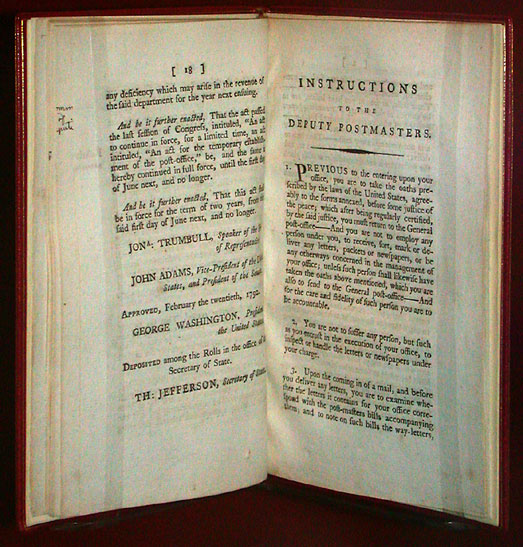
The Postal Act of February 20, 1792 defined the character of the young Post Office Department. Spirited Congressional debate sought to separate old postal practices from the future purpose and direction of the postal service. Discussions examined issues of a free press, personal privacy and national growth.
Under the act, newspapers would be allowed in the mails at low rates to promote the spread of information across the states. To ensure the sanctity and privacy of the mails, postal officials were forbidden to open any letters in their charge unless they were undeliverable. Finally, Congress assumed responsibility for the creation of postal routes, ensuring that mail routes would help lead expansion and development instead of only serve existing communities.
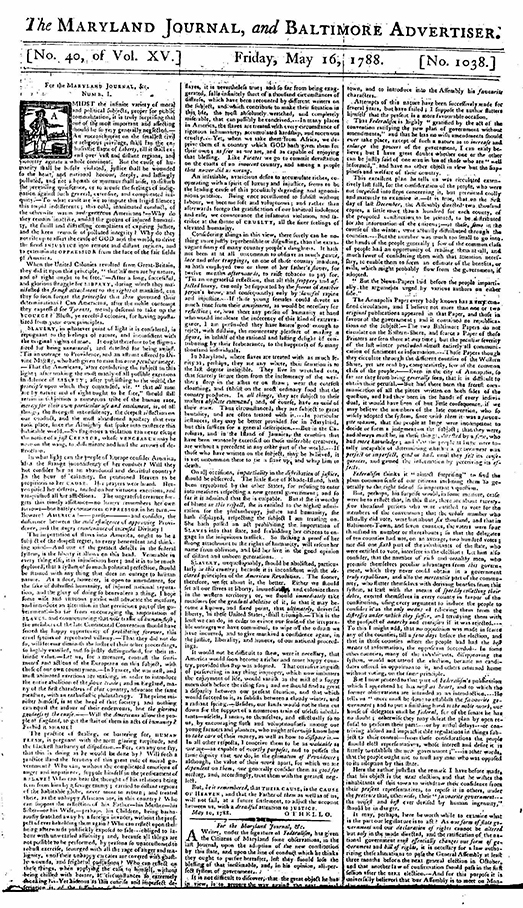
Mary Katherine Goddard worked with her brother, William, in his printing shops in Providence and Philadelphia before the pair moved to Baltimore, Maryland. Left to manage the daily operations of the family's print shop while her brother was away drumming up support for his Constitutional Post, Mary Katherine Goddard published The Maryland Journal, numerous almanacs and broadsides.
Through William's influence, Mary Katherine became Baltimore's postmaster in 1775. She held the post for 14 years. But in 1789, Postmaster General Samuel Osgood removed her from the position stating that it would require "more traveling . . . than a woman could undertake." Osgood appointed his political ally, John White, a man inexperienced in postal operations, to replace her.
Mary Goddard approached her publishing duties with great enthusiasm. Her printing coup was her publication of the Declaration of Independence on January 18, 1777. It was the first copy of the Declaration listing all of the signers to appear in print.
Goddard's customers protested her dismissal. She had, by all accounts, been an accomplished postmaster. On November 12, 1789, over 230 citizens of the city of Baltimore presented Postmaster General Osgood with a petition demanding her reinstatement. In their plea, the petitioners noted that Mary Katherine Goddard gave "universal Satisfaction to the community" and they were "praying in the most earnest manner that she be restored."
The citizens' petition was unsuccessful. Having already lost her printing business to her brother, Mary Katherine Goddard turned to selling books, stationery and dry goods. She died in Baltimore on August 12, 1816, still beloved by the community she served so well.



